Given the double-digit leap in property prices (up 13 per cent in the year to February), the cost of owning a home in Ireland appears to be on an unstoppable return to Celtic Tiger highs.
Property prices on a national basis are now back at levels last seen in May 2005. Figures from the Central Statistics Office confirm the property price index is standing at 102.5 – just behind the figure of 102.8 seen in May 2005.
This means that prices are tipping ever closer to peak prices although they still remain some way behind the index high of 131.0 reached in April 2007.
The CSO says that the national index is now 21.8 per cent below its highest level in 2007. In Dublin, residential property prices are 23 per cent lower than their February 2007 peak, while prices in the rest of the State are 27.5 per cent lower than their peak, which was slightly later, in May 2007.
For now at least, prices appear to be going in one direction only – up.
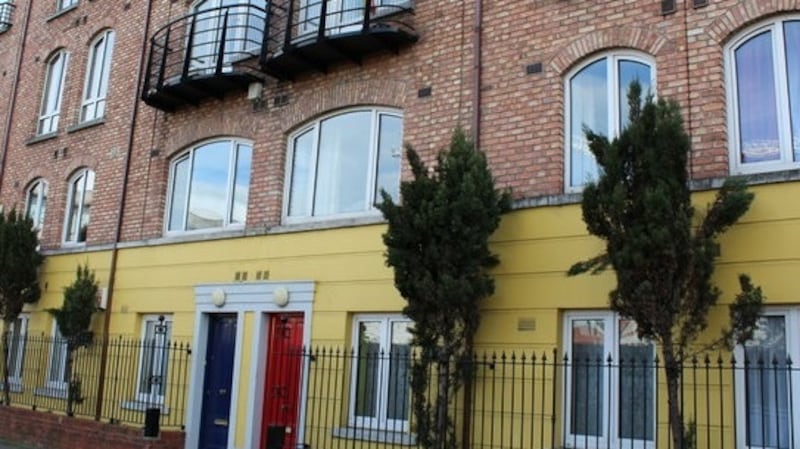
Given the stronger recovery thus far in the capital, prices in Dublin (103.9 on the index) are further ahead on the recovery ladder, although some are still back at prices last seen in May 2005. But house prices in the capital – as against apartments – are even higher at 109.4 on the index, back almost at September 2005 levels.
And in some areas they’ve even pushed further ahead; look at our example of Harbour View in Dún Laoghaire. Back in 2005, these apartments were commanding prices of about €395,000: today it’s at €440,000. Or Vernon Heath in Clontarf, where prices again appear to be ahead of 2005 levels, though it is difficult to be categorical about this given the potential for differences in features such as fit-out or garden size and orientation.
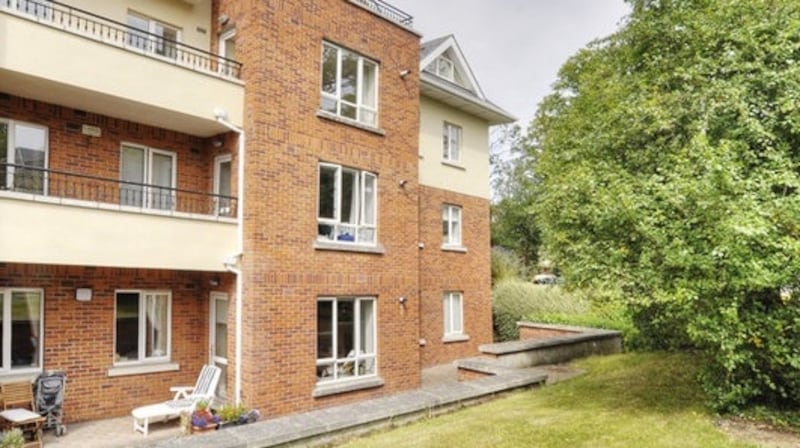
But can this price growth continue?
Return to Celtic Tiger
Last year John McCartney, an economist with Savills, ran some numbers and found that, if Dublin prices continue to rise at the current double-digit pace, they will return to Celtic Tiger April 2007 highs by February 2020. Outside the capital, it would take another year or so, until March 2021, before prices return to the peak. But is this likely?
A Brexit shock or US recession could also hit demand, as would a sudden explosion in supply – although Dermot O'Leary suggests this last possibility is 'very remote'
Dermot O’Leary, economist with Goodbody Stockbrokers, forecasts slightly more subdued growth. He expects a slowdown in the rate of annual price growth from its current level later this year, forecasting full-year growth of about 9 per cent for 2018, falling to 6 per cent next year.
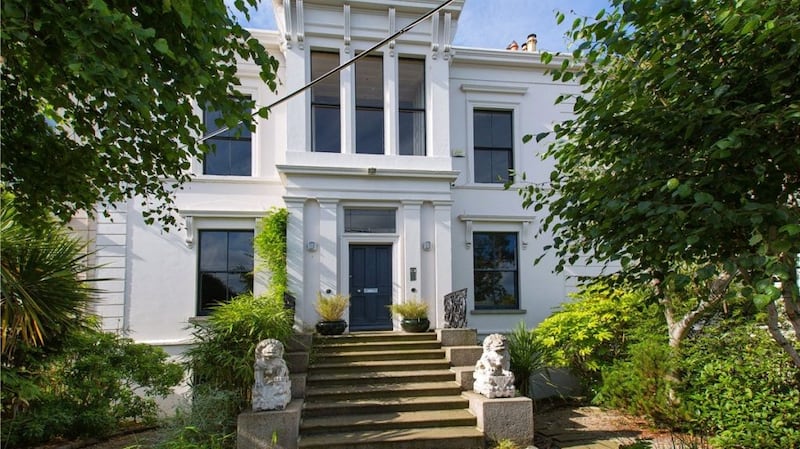
This would mean that a house which sold for €400,000 in January of this year, would sell for €436,000 next January, and €462,160 in January 2020 – a hefty leap. It would also mean that our return to the Celtic Tiger highs of April 2007 would only be delayed to the end of 2021.
O’Leary is sure that’s where we’re going.
“The bottom line here is that house-price growth will continue in the short term and, yes, we will see prices getting back to the previous peak in nominal terms,” he says.
There are risks to the downside. Austin Hughes, economist with KBC Bank, says that subdued wage growth may “eventually act as a limiting force on Irish house price inflation”, while a Brexit shock or US recession could also hit demand, as would a sudden explosion in supply – although O’Leary suggests this last possibility is “very remote”.
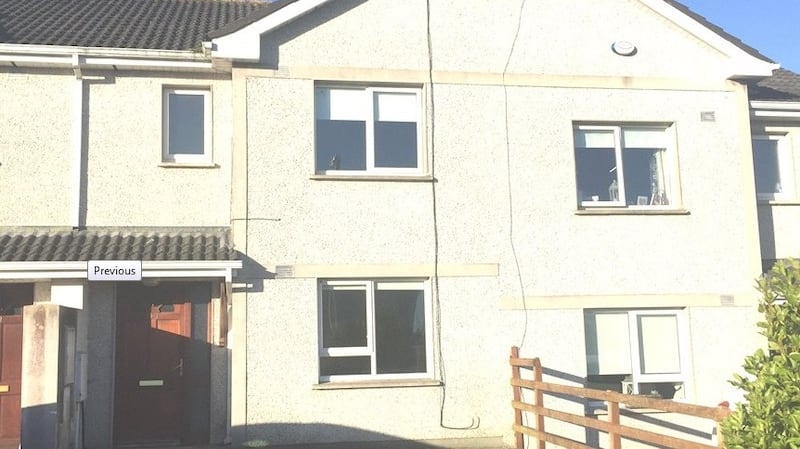
The one potential silver lining this time around is that, while a house that sold for €600,000 back in 2007, may once again sell at that price in 2020/21, O’Leary says it will be more affordable on a real basis.
At the peak in 2007, for example, the average house price was 16 times the average person’s disposable income. By the end of 2019, O’Leary is forecasting a ratio of just 13 times. Moreover, mortgage rates as a proportion of income are also lower this time around, due to lower interest rates.
Not all recoveries are equal
And there is another caveat to consider. Just because prices are now at 2005 levels nationally, it doesn’t mean the “recovery” is felt on an equal basis across the State – or even within specific geographic areas or types of properties. So if you’re wondering why your property hasn’t recovered by as much as others, you won’t be alone.
With prices now back at 2005 levels, it stands to reason that anyone who bought their property before May 2005 should now be back in the black
Look at apartments in Dublin. While prices are recovering rapidly, they still lag the performance for houses. Figures from the latest index show that apartment prices in Dublin are now back at levels seen in early 2009 as the market collapsed. If you want to look at it on the way up, you can’t unfortunately – the CSO only started collating this index in 2005. And Dublin apartment prices (87.7 on the index) are still significantly off the base figure of 100 in January 2005.
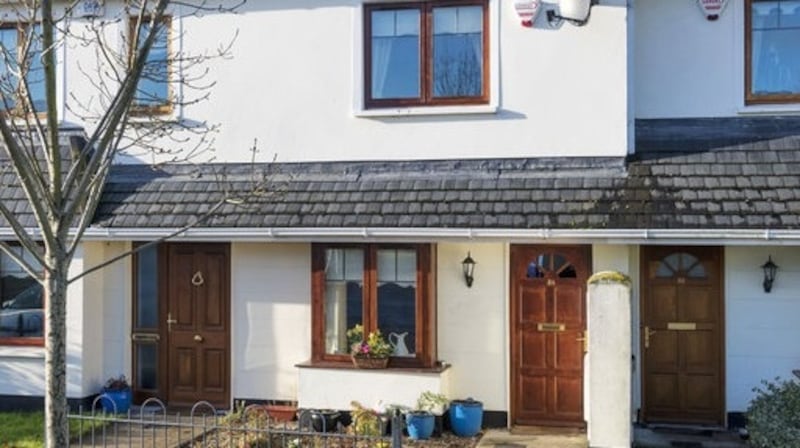
What about apartments around the State? The latest index puts these at 70.6 – far off the January 2005 base figure of 100. Overall, while house prices are now 20 per cent off the peak on a national basis, apartments are 32 per cent from peak.
And houses outside of Dublin are still not back at 2005 levels, still short at 95.2 on the index.
Negative equity
With prices now back at 2005 levels, it stands to reason that anyone who bought their property before May 2005 should now be back in the black, with their property now worth at least what they originally paid for it.
According to the Central Bank, the number of residential loans in negative equity peaked at 36.2 per cent in the fourth quarter of 2012. With investment properties, 54.6 of mortgages were underwater at that point.
Since then however, both have been on a downward trend. The latest figures show that 10.7 per cent of homes were in negative equity at end 2017, and 18.1 per cent of investment mortgages. This means that the share of overall home loans underwater has fallen from from 39.1 per cent to 11.8 per cent.
In the UK, where the slump wasn't as severe, prices are now actually higher than 2005 levels, up by 9 per cent
However, while shrinking, it still means that significant numbers of people remain “trapped” in their properties, unable to sell as they owe more than their property is worth.
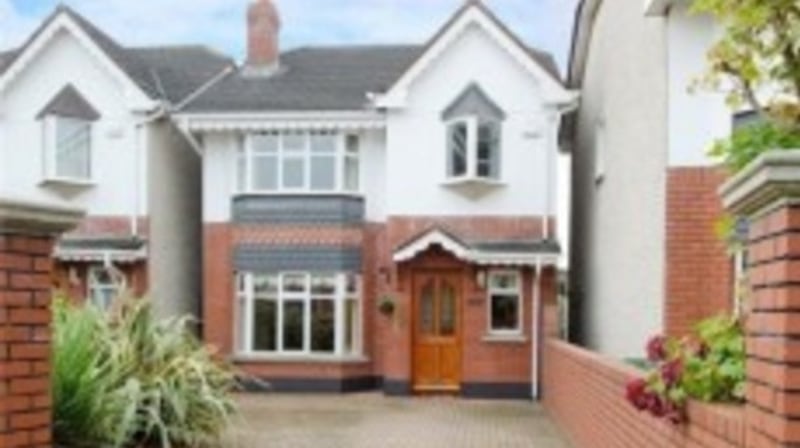
And, as with prices, apartment owners fare worse than owners of other property, with many who bought apartments outside of urban areas, or on the outskirts of larger towns and cities even before May 2005 still in the red.
How do we compare internationally?
Given that Ireland once again appears frequently at the top of the “fastest growing property market” tables, it’s no surprise to see that our recovery has out-paced many of those whose markets also collapsed in the wake of the financial crash of 2008.
Spain, where property prices plummeted by about 42 per cent, is still 21 per cent off levels reached in the second quarter of 2005, according to figures prepared by the Economist, while Italian property prices are 22 per cent off 2005 levels. In Greece, the market remains down by about 38 per cent.
Even the US, which has experienced a strong recovery, is still 9 per cent off 2005 levels.
In the UK, where the slump wasn’t as severe, prices are now actually higher than 2005 levels, up by 9 per cent. Elsewhere, countries unaffected by the financial crisis have seen their property markets roar ahead. In Australia for example, where talks of a bubble bursting abound, prices are up by 54 per cent on early 2005; while in Canada, rocketing price growth means that properties are now worth almost double (86 per cent) their 2005 value.
Are prices over-valued?
If property prices are going in the right direction, is the recovery driven by strong fundamentals or is the market already becoming over-valued?
The Central Bank continues to assert that the market is not overvalued. The EU appears to agree. In a recent assessment, the European Commission found that, unlike markets such as Sweden and the UK, which were “overvalued and still growing”, Ireland was “recovering from undervalued”.
However, the valuation gap being considered by Brussels was for 2016; that may have changed considerably when the commission reassesses for 2017/18.
Meanwhile, the Economist, which famously predicted a 20 per cent drop in Irish house prices prior to the crash, a warning which was shrugged off my many, takes a different view. Based on the house price to income multiple, it says prices in Ireland are 17 per cent overvalued against income.
This compares with overvaluations of 58 per cent in Canada, 29 per cent in the UK and 19 per cent in Spain. By the same metric, it says German property prices are 12 per cent undervalued.
When you consider prices based on the rent those properties can earn, despite the rapid growth in rents in Ireland, the Economist finds the Irish market overvaluing property by 40 per cent. For comparison, the equivalent figure for the UK is 48 per cent and , in the US, 12 per cent.











